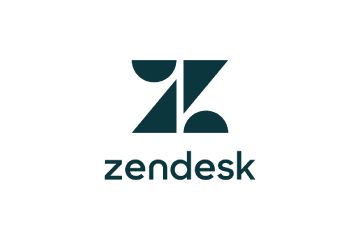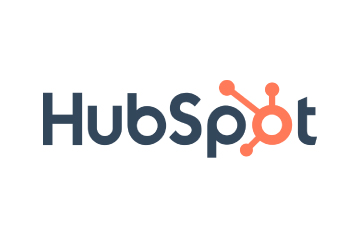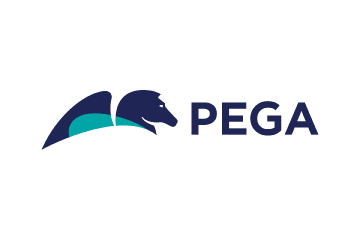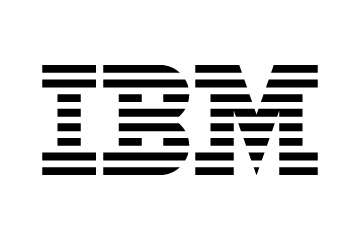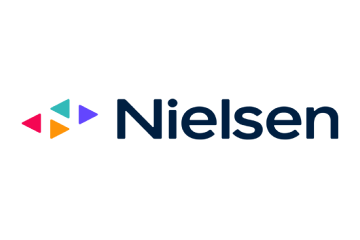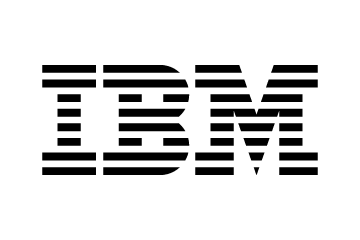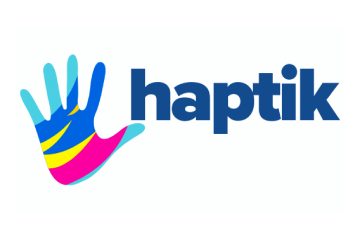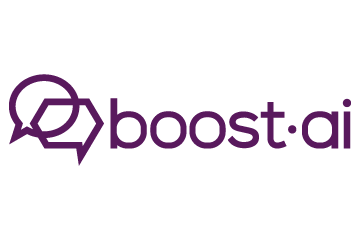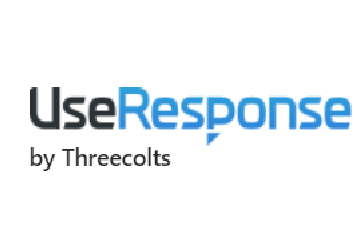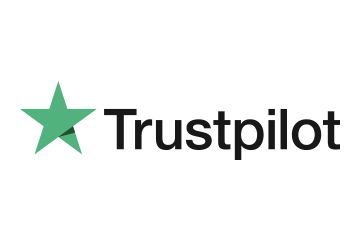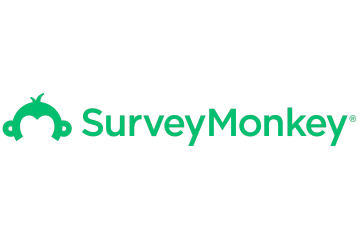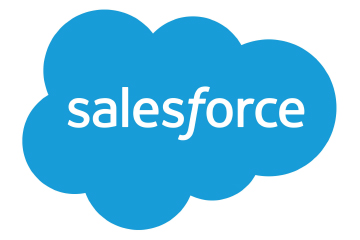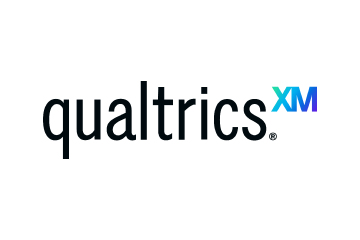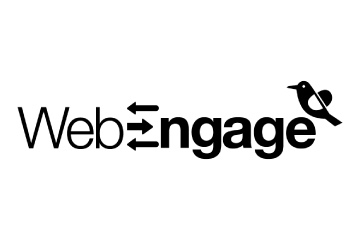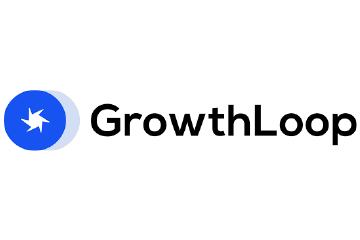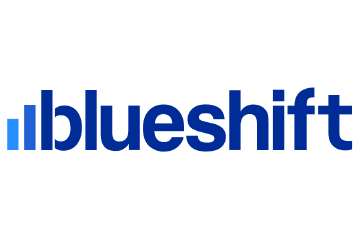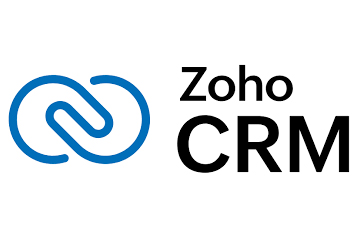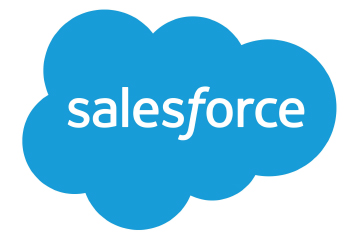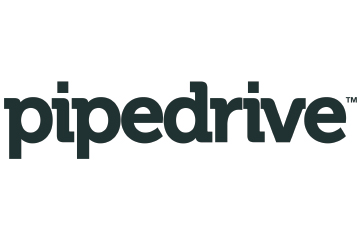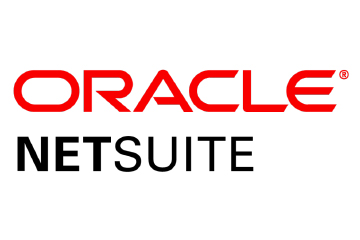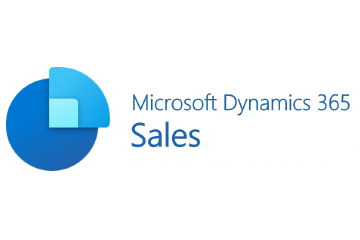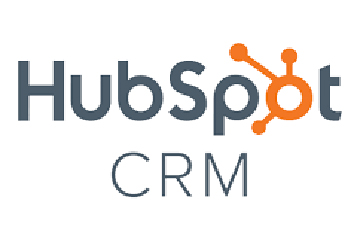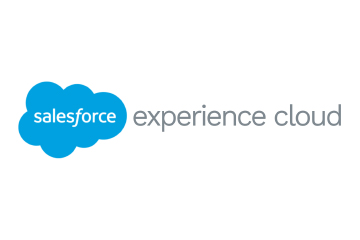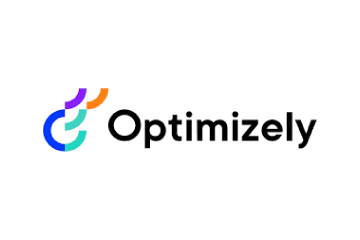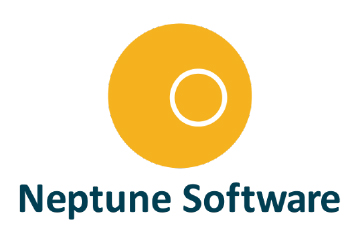Marketers need to evolve, he says, offering a roadmap to navigate the current “climate of heightened data sensitivity”.
Here’s what Man says,
- First, work collaboratively with legal, security, and IT teams to ensure your tech stack and processes align with current regulations like GDPR. Building a robust, transparent data governance framework is essential—not only to safeguard data but to build trust with your customers.
- Second, focus on first-party data strategies. As third-party cookies fade and ecosystems like iOS evolve, investing in meaningful, permission-based customer relationships becomes critical. This includes building content experiences that incentivise users to share their preferences and behaviours in a transparent, value-driven way.
- At our company, we’ve doubled down on this approach by using AI-powered personalisation and dynamic content delivery to create stronger engagement while maintaining strict data controls. Our use of tools like Sitefinity is always underpinned by a commitment to privacy-by-design and secure integration across platforms.
- Ultimately, volatility is inevitable—but with the right mindset and tech stack, it can be a catalyst for building more resilient, customer-centric strategies.
There’s a maturity gap in how organisations use the data they have
But while the privacy landscape is a dynamic situation, brands still face old data challenges; data in silos, bad quality data or duplication, and data fragmentation across systems. For example, brands may struggle to integrate data collected from various digital touchpoints—websites, CRM platforms, campaign tools—into a single, cohesive customer view.
“There’s a maturity gap in how organisations use the data they have. It’s not just about access to data, but about having the internal capability—tools, processes, and expertise—to analyse it meaningfully, and activate it effectively across marketing channels,” adds Man.
These common barriers can keep brands from fully realising the potential of their data. In the marketing context, this could mean finding insights that lead to revenue-driving actions or steering personalised messaging campaigns.
“We’ve tackled this by focusing on unifying content and customer data, leveraging platforms like Sitefinity as part of a composable DXP strategy,” says Man. He is referring to Progress’ Sitefinity, a product that promises AI-powered visual tools for marketers, and a robust platform for engineers and IT towards building more flexible customer-centric digital experiences.
When DSK Bank, one of Bulgaria’s largest savings banks, found its internal systems lagging – they were concerned about customers experiencing slow response times, and delays in implementing web updates which affected marketing. DSK Bank adopted Sitefinity which allowed the brand to manage its main website and affiliated businesses through a single installation, towards maintaining consistent branding and operational efficiency.
The solution was able to integrate with the bank’s internal systems, including the ticketing system and call center. It enabled automated handling of form submissions, allowing back-office teams to process applications faster, and marketing teams could create landing pages and content without developer assistance, making its time to launch significantly faster.
Transforming how enterprises deal with customer data
Coming back to old data challenges that need new-age solutions – can artificial intelligence help? A resounding yes, with some caveats. AI is transforming how enterprises deal with customer data—especially when it comes to speed, scale, and insight accuracy. This is especially true for time-intensive tasks like cleaning and segmenting datasets. AI now helps brands automate those processes, and go far beyond basic reporting.
Man believes it is a “powerful ally” in resolving longstanding issues like data inconsistency, segmentation complexity, and insight latency. AI-powered tools can now enrich raw data, detect anomalies, and even predict customer behaviour with a high degree of accuracy. “That enables us to shift from reactive reporting to proactive decision-making,” he says.
He believes AI needs to be used “not in isolation, but as part of a connected digital ecosystem”.
“Within our architecture, platforms like Sitefinity serve as a foundation for real-time personalisation, while AI models guide how and when we deliver specific content or offers. This synergy between AI and content platforms is helping us move faster and deliver measurable impact across the customer lifecycle.”
In most enterprise environments, new tech runs the risk of adding layers — more tools, more dashboards, more tasks to manage. Every innovation promises simplicity, yet somehow the stack keeps growing taller and more complex. But artificial intelligence is being embraced for its ability to do the opposite: consolidate.
Rather than adding noise, AI is starting to act as a quiet orchestrator—sifting through the data deluge, spotting signals from chaos, and even anticipating where things might break next. Nowhere is this more evident than in model monitoring, where AI systems can detect early signs of model drift and decay, flag performance drops, and trigger automatic retraining or alerts.
It’s beginning to redefine what the stack looks like; it connects, condenses, and contextualises.
It’s still early days, but the trend is clear: the smartest use of AI might not be to do more, but to make less feel like more. “It’s not just about deploying technology—it’s about creating a data-driven culture where insights are accessible and actionable for both marketers and decision-makers,” offers Man.








